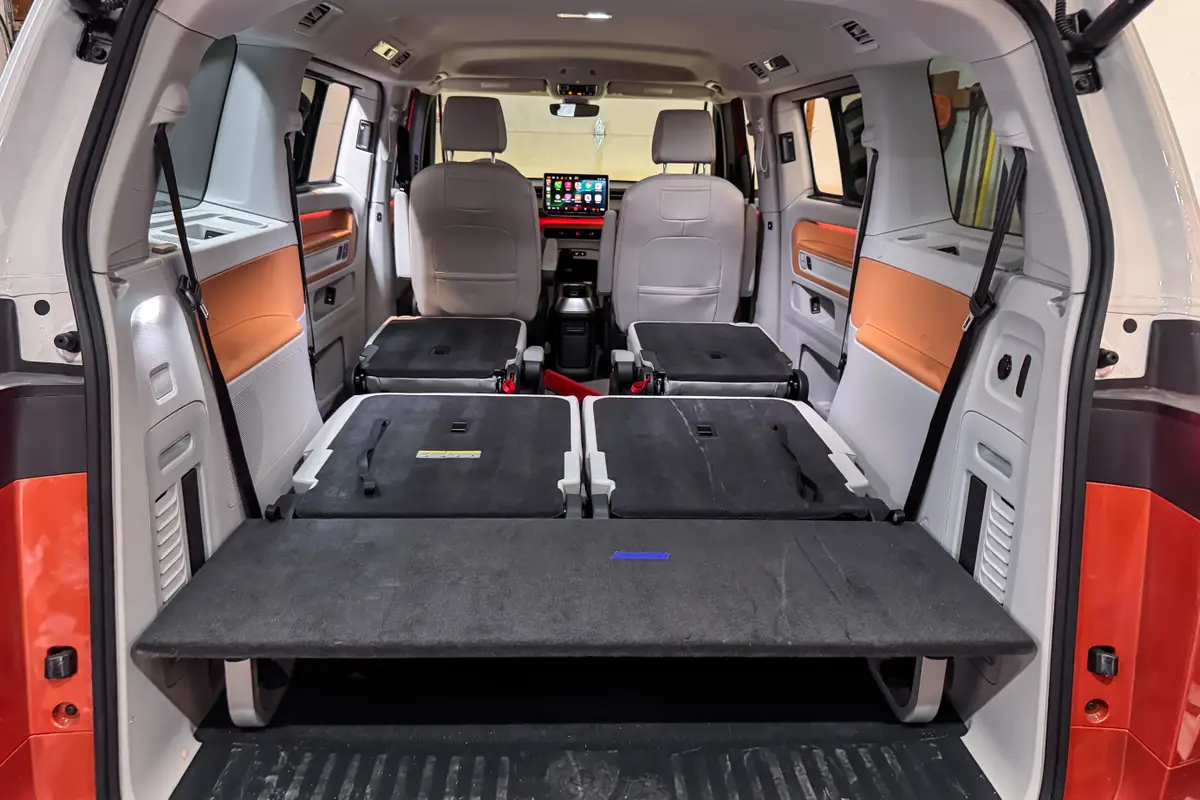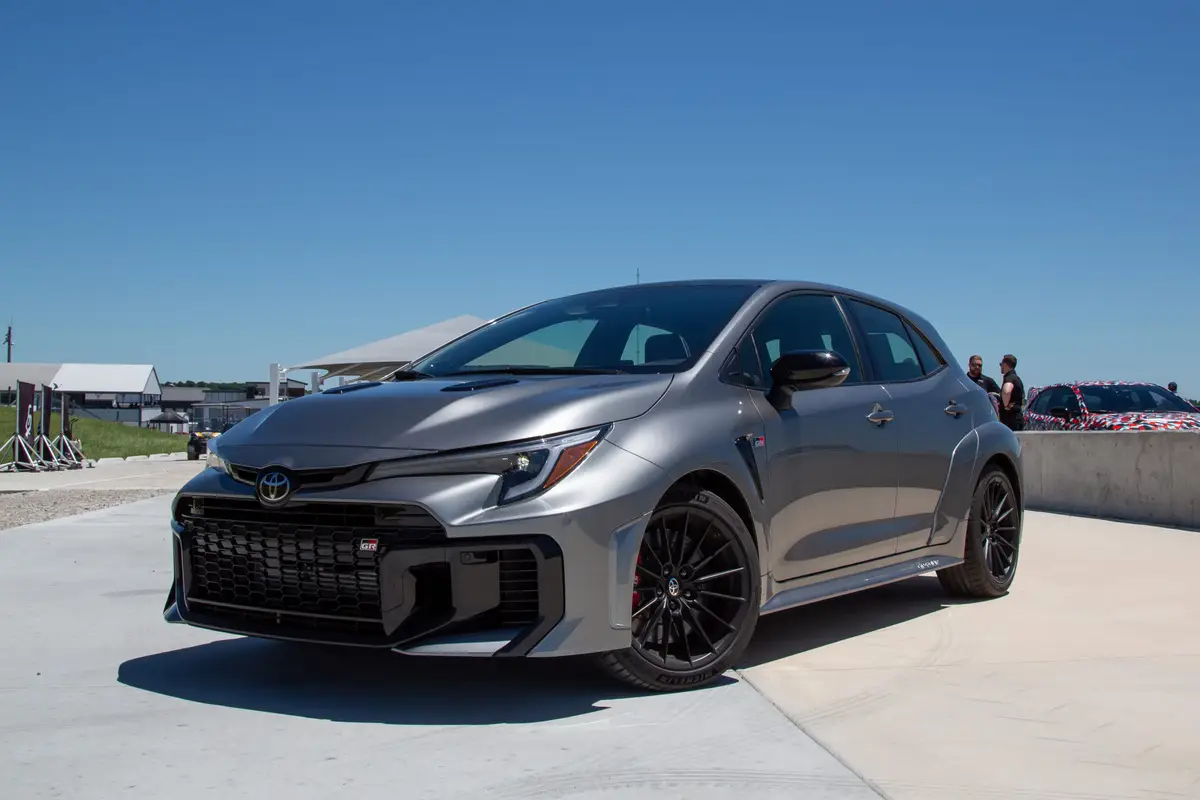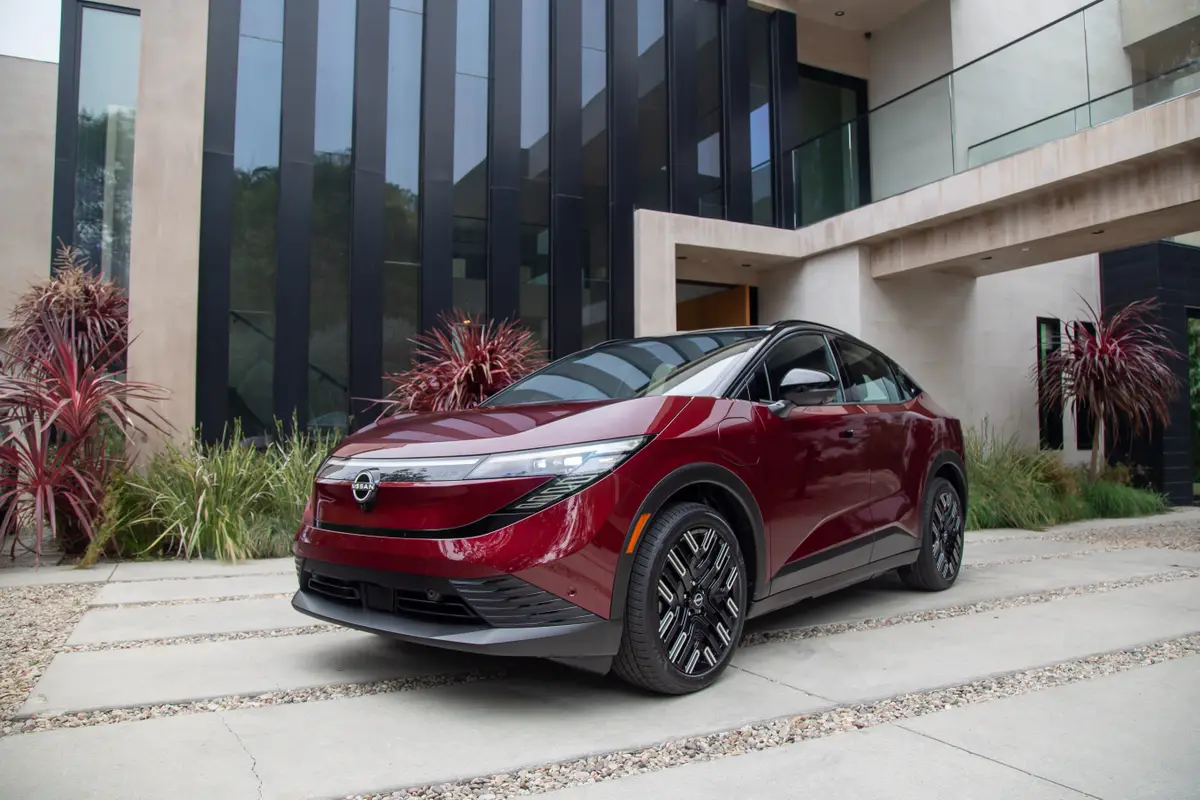Will an Electric Vehicle Work for Your Family?
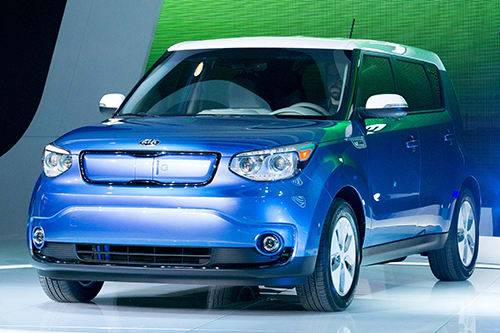
Electric vehicles have been a little too pricey to show up in most neighborhood driveways, but with the 2015 Kia Soul EV arriving at dealerships this summer, EVs and plug-in hybrids like the new-for-2014 Honda Accord Plug-In Hybrid are becoming increasingly more affordable and appealing to families.
Of course the benefits from an environmental standpoint are motivating, as is information on fuel efficiency and range, but what does a family need to know when considering buying or leasing an EV or plug-in hybrid? This primer addresses a few things you may be wondering about.
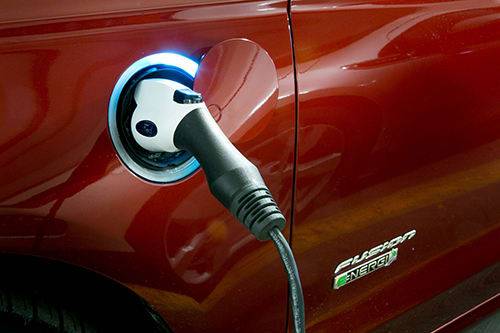
1. What’s the difference between a plug-in hybrid and an EV?
Simply put, an EV is powered by an electric motor with a battery pack. A plug-in hybrid uses an electric motor, a gasoline engine and a battery pack. The latter has a much longer total range because the gasoline engine keeps the vehicle running long after the battery pack has run dry, but the tradeoff is the all-electric range tends to be significantly shorter than in an EV.
Heads up, parents: Oftentimes, the battery pack takes up space in the cargo area as in the Ford Fusion Energi or affects backseat room like in the Chevrolet Volt, which has only two rear seats because of the battery pack.
2. Do I need a special outlet or additional equipment to charge it at home?
The simple answer for busy family life is yes. The vehicle will come with equipment that will plug into a standard 120-volt household outlet to charge the battery, but getting a full charge will take longer than most families can wait. An empty battery on a Toyota RAV4 EV will take more than 44 hours to charge fully, and even the tiny Chevy Spark EV takes about 20 hours.
However, also important to note is the charge time is directly related to the battery size. A Fusion Energi can go from a depleted battery to a full charge in about seven hours on a 120-volt household outlet, but its full electric range is only about 21 miles. If your family desires to use more electric range than gasoline, models like the Nissan Leaf and Spark EV, which both have a greater range, warrant longer charging times for bigger batteries, making an upgrade to a Level 2 charger essential.
A 240-volt Level 2 charger can be installed at your home to charge the vehicle in four to eight hours, depending on the car. A licensed electrician installs a Level 2 charger. Laws and permitting vary from state to state, so you’ll need to contact your local municipality before contracting the work.
3. Where can I find info on tax breaks and/or incentives my family may be eligible for?
At the federal level, EV and plug-in hybrid buyers can receive up to a $7,500 tax credit after their purchase if they’re eligible. State tax breaks and incentives vary greatly, so check the National Conference of State Legislatures website to see if your family qualifies for any of them. Some states even offer non-monetary incentives, such as high-occupancy-vehicle lane access or free parking. This may not yield financial gains, but for many busy commuters, this buys back a bit of their valuable time.
4. Should I buy or lease my EV or plug-in hybrid?
Because battery technology is evolving quickly, many consumers choose to lease instead of buy. Furthermore, since the leasing company — not you — receives any tax credits, those credits are factored into the lease, resulting in a lower payment. If you purchase and finance the car, your monthly payment will be based on the full price of the car before any tax incentives; any applicable credits will be applied at tax time.
5. How much does it cost to get my family up and running in our EV or plug-in hybrid?
To get started, you’ll need to purchase the Level 2 unit (between $600-$800, on average), pay whatever permit fees you may be charged by your local government and, of course, factor in the quote from the licensed electrician who will be installing your charging equipment.
6. Do I need to charge the vehicle every day?
The range of an EV varies greatly from model to model. Depending on the vehicle, it could be anywhere between 50 to 200 miles. If your family is using a smaller EV as a commuter car that will be clocking significant miles to and from work each day, it will most likely need a full charge every night. But if you’re using your EV for local jaunts around town to school and soccer practice, it’s possible to get by without charging it every day.
A plug-in hybrid offers more flexibility; if the battery charge runs out completely, it can run solely on gasoline. However, if you want to run it only on electric power, you will need to charge it more frequently since plug-in hybrids have a much shorter range than EVs.
7. Is it easy to charge a car around town?
Public charging stations are convenient because they have the capability of charging your car’s battery quickly while you’re on the go. Some Level 3 public charging stations can yield 30 miles of EV range after just 10 minutes of charging. Even a Level 2 charger can yield 25 miles of range if plugged in for an hour. Although public charging stations are becoming a lot more common than they used to be, families should still research the public charging stations available to them locally. Access to local charging stations can be key if your family is considering going the EV route.
8. What EVs and plug-in hybrids are in the marketplace?
EVs
- Chevrolet Spark EV
- Fiat 500e
- Ford Focus Electric
- Kia Soul EV
- Mitsubishi i-MiEV
- Nissan Leaf
- Smart ForTwo Electric Drive
- Tesla Model S
- Toyota RAV4 EV
Plug-in Hybrids
- BMW i3
- BMW i8
- Cadillac ELR
- Chevrolet Volt
- Ford C-Max Energi
- Ford Fusion Energi
- Honda Accord Plug-In Hybrid
- Porsche Panamera e-Hybrid
- Toyota Prius Plug-In
Some vehicles listed are not available in all states; check the manufacturer’s website for availability in your area. Additionally, some cars listed above cannot accommodate families or child-safety seats, but we still include them on our list because access to carpool lanes that slash a working parent’s commute in half can provide a benefit as valuable as making it home in time for dinner. Consider how your family will benefit most while researching an EV or plug-in hybrid.
Cars.com photos by Evan Sears
Featured stories
